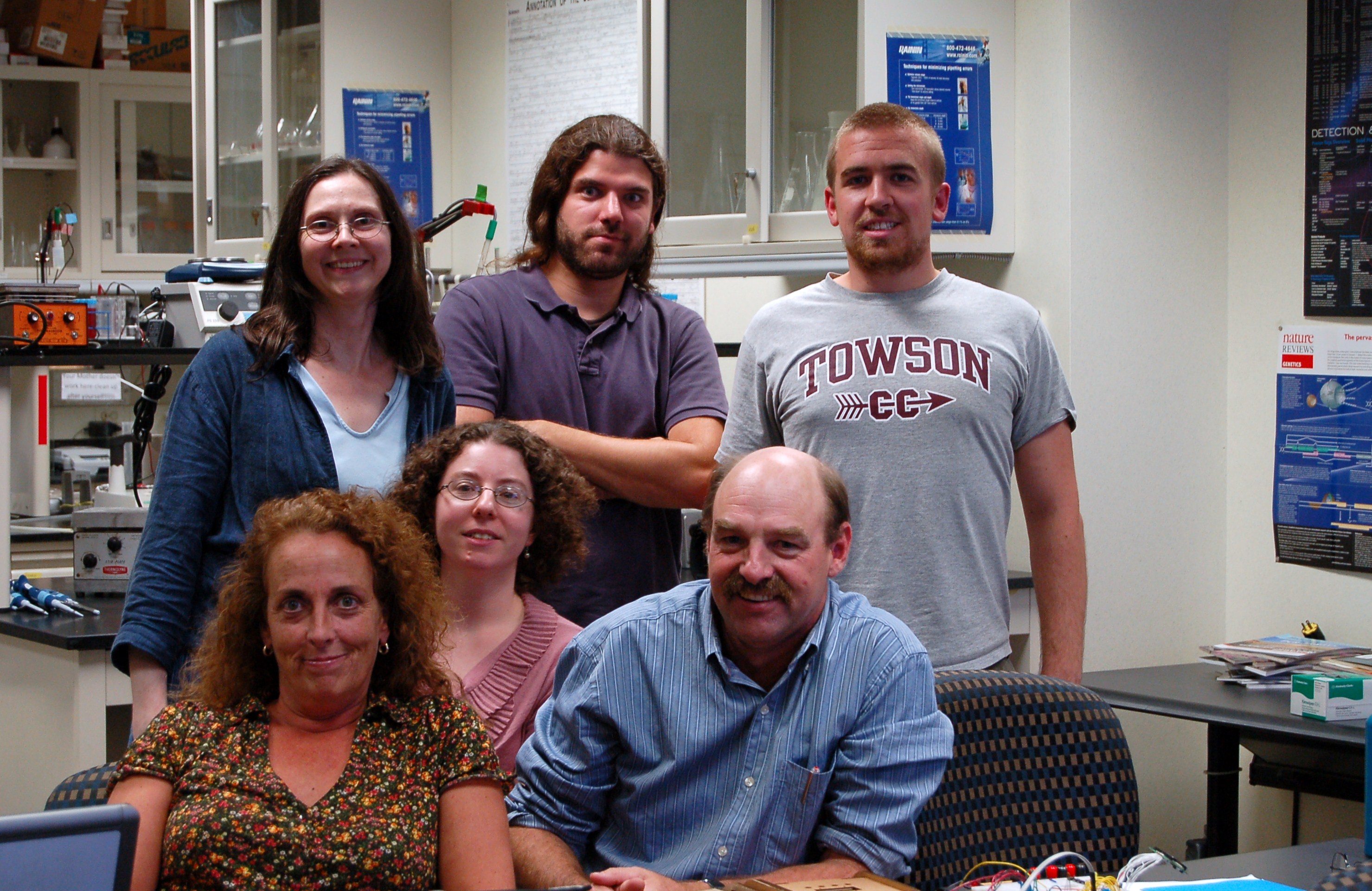Team:Baltimore US/Safety
From 2010.igem.org
BioMechanic (Talk | contribs) (→Safety) |
BioMechanic (Talk | contribs) (→Safety) |
||
| Line 73: | Line 73: | ||
* If yes, what does your local biosafety group think about your project? | * If yes, what does your local biosafety group think about your project? | ||
* If no, which specific biosafety rules or guidelines do you have to consider in your country? | * If no, which specific biosafety rules or guidelines do you have to consider in your country? | ||
| - | 4. Do you have any other ideas how to deal with safety issues that could be useful for future iGEM competitions? How could parts, devices and systems be made even safer through biosafety engineering? | + | 4. Do you have any other ideas how to deal with safety issues that could be useful for future iGEM competitions? |
| + | How could parts, devices and systems be made even safer through biosafety engineering? | ||
Revision as of 14:25, 26 July 2010
| "Not only would I like to have the participation of the Baltimore DIYbio group, but I think that the two of you have possibly set a standard on how the community can participate in an established event such as iGEM. You're contribution would be invaluable. " - Agent You, FBI - WMD Directorate. July 19, 2010
We contacted iGEM security directorate, Piers Millet, directly following our organizational meeting in February. At his suggestion we hosted a discussion with Michelle Williams of National Journal and William You, WMD Director of the FBI here in DC, only days after he attended the Woodrow Wilson Center's Synthetic Biology forum. However in addition we've recommended to all our community members to familiarize themselves with the training tools from the American Bio Safety Association located at http://www.absa.org/trainingtools.html as well.
| |
|
Specific to the work we are perfoming in our lab we work under level 1 conditions. Generally the most dangerous thing to be aware of in our lab is the Ethidium Bromine that we are utilizing to run gels, and they require their own particular disposal separate of the biohazard waste that is used with pipette tips.
When performing batch DNA extractions we also utilize a Phenol/Formaldehye mixture that along with some of the other volatile chemicals require separate disposal storage. | |
| Team Example |
| Home | Team | Official Team Profile | Project | Parts Submitted to the Registry | Modeling | Notebook | Safety |
|---|
Safety
Recent Presidential Summit on BioEthics in Relation to Synthetic Biology.
http://www.tvworldwide.com/events/bioethics/100708/default.cfm?id=12536&type=flv&test=0&live=0
The following questions have been posed for each team in this year's competition.
1. Would any of your project ideas raise safety issues in terms of:
* researcher safety,
* public safety, or
* environmental safety?
2. Do any of the new BioBrick parts (or devices) that you made this year raise any safety issues? If yes,
* did you document these issues in the Registry?
* how did you manage to handle the safety issue?
* How could other teams learn from your experience?
3. Is there a local biosafety group, committee, or review board at your institution?
* If yes, what does your local biosafety group think about your project?
* If no, which specific biosafety rules or guidelines do you have to consider in your country?
4. Do you have any other ideas how to deal with safety issues that could be useful for future iGEM competitions?
How could parts, devices and systems be made even safer through biosafety engineering?
 "
"
